
“Clothes make the man. Naked people have little or no influence on society.” A smile and a wink from the wit of Mark Twain will get you giggling, but when it comes to what to wear to church, what you put on seems like a huge choice. Respect, tradition, or simply fitting in? In our current era, where fashion is all about personal taste and church communities are more diverse than ever, the answer is anything but one-size-fits-all.
But with dress codes becoming more relaxed and congregations ranging from suit-clad seniors to sneaker-clad teens opening their doors, there remains still the need to be respectful of the sanctity of the worship space. So how do you balance self-expression and respect? Here’s a new, more subtle take on what truly matters and what can be left in your closet when attending church.

1. Modesty Is Always in Style But It’s Not About Perfection
The appeal for modesty is not an appeal for hemline-policing or sleevec-police, but rather about establishing a culture in which all of us can concentrate on worship. As 1 Timothy 2:9-10 reminds us, women are called to “dress in respectable apparel, with modesty and self-control.” That doesn’t imply that you have to eschew all trends or wear shapeless clothing, but it does mean shunning clothing that’s too revealing or distracting super-short skirts, low-cut blouses, or clingy leggings, for instance.
Modesty is not solely a women’s concern, though. Guys are also urged to dress in a manner that avoids drawing undue attention. The true priority? “Let your adorning be the hidden person of the heart,” as 1 Peter 3:3-4 so eloquently advises. It’s about arriving with a humble heart, and not merely a stylish face.
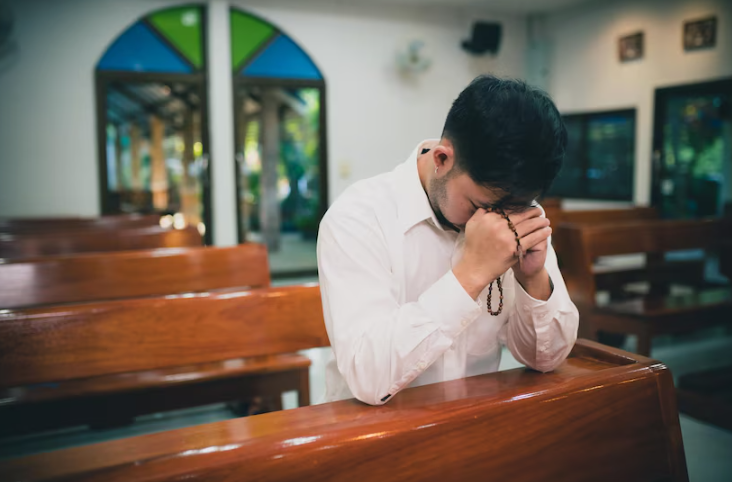
2. Avoid the Statement Tees and Blaring Logos
Graphic tees with in-your-face slogans, comedy, or political commentary can take attention away from the purpose of assembly. The main article states that church is a site for worship, not opinions or disagreement. Clothes with loud logos or branding will achieve the same effect, and your appearance will be the center of attention rather than the service.
Choose simple, timeless pieces imagine a crisp blouse, a fitted sweater, or a button-down shirt. That doesn’t eliminate the capacity to express personality, but it’s about having the message of the day and not your blouse speaking.
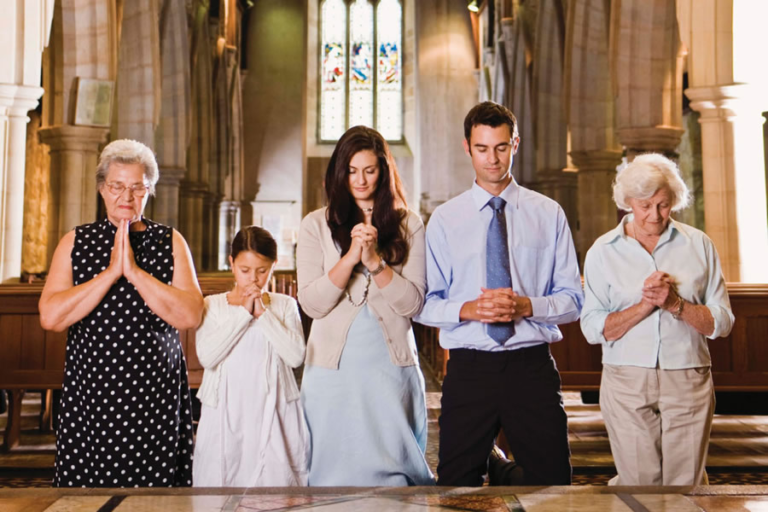
3. Clean, Polished, and Occasion-Appropriate Always Wins
No one is looking for a runway model, but rumpled, spotted, or messy attire can convey the impression that you did not regard the occasion highly enough to dress up. Even at casual events, some flair is not out of place. As modern church members point out, jeans are just fine so long as they’re not torn or overly distressed.
If you’re going to a formal occasion such as a wedding, funeral, or Easter Sunday dress up. A dress, skirt, or wrinkled pants and a collared shirt indicates you understand the gravity of the situation. To be dressed like the congregation has given is always an added perk.
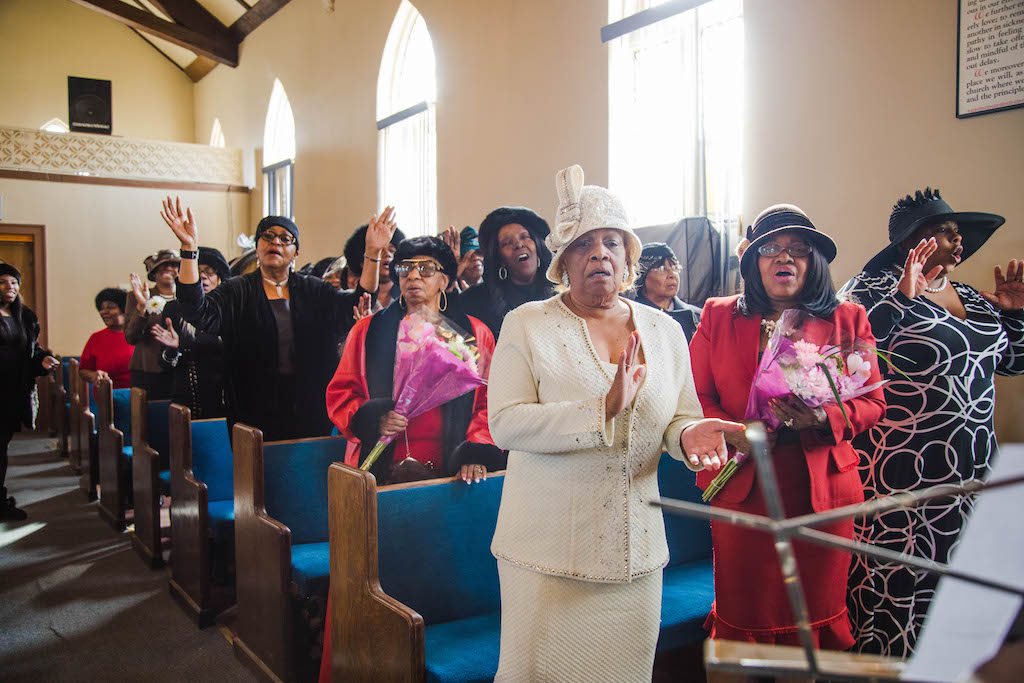
4. Hats, Heels, and the Art of Accessorizing
For men in general, church hats are a forbidden subject, an inheritance from humility and respect. But in some circles namely, among African American women are outrageous hats a loving way of expressing oneself and showing deference. As in African American churches, hats are badges of independence, strength, and dignity.
Shoes come in, too. Sandals and beach shoes are for, uh, the beach. Opt instead for elegant loafers, dress shoes, or sandals. The idea? Well-fitting shoes, not in the way, and appropriate to the environment.
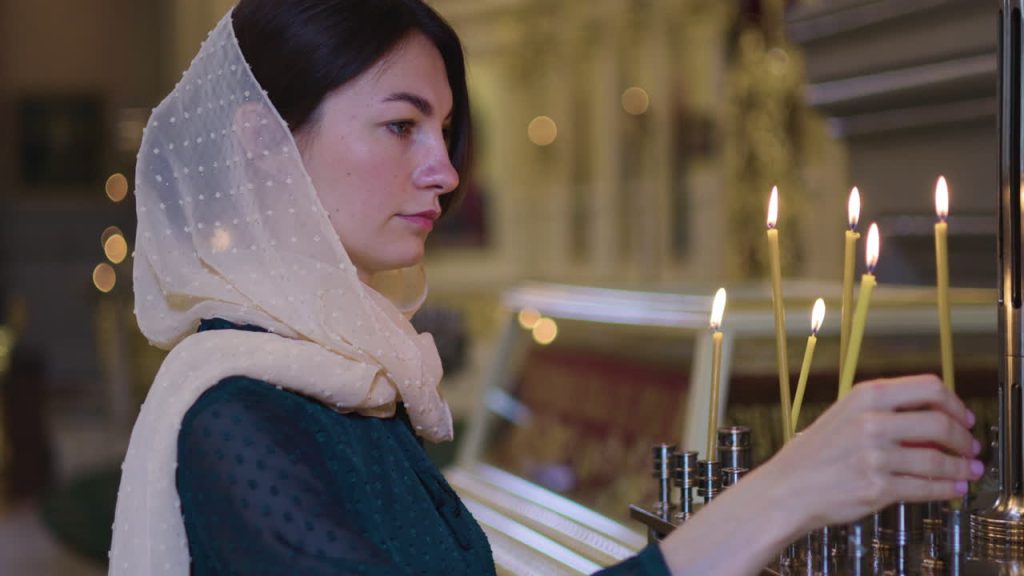
5. Dress Codes Vary Context Is Everything
There is no one church dress code. What a woman might have felt was respectful at a Catholic Mass might be different at a non-denominational service. As Fr Robert Christo understands, it’s all about context, culture, even weather. Some religions require that women cover their heads, and others have no issue with pants and sleeveless blouses.
If unsure, ask the church web site or Facebook page for photos of past services, or simply turn to a person in the congregation. And keep this in mind, “ties are not holier than T-shirts. Dresses are not holier than pants,” says Pastor Jack Lash. Most important is to come with respect to God, to others, and to yourself.
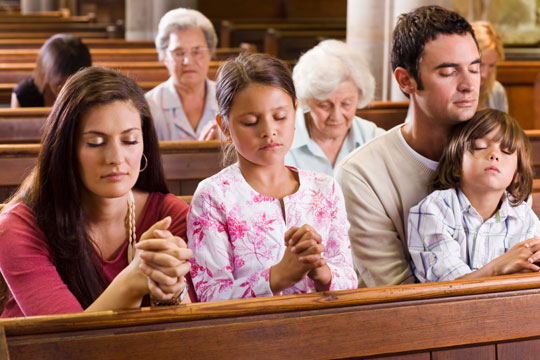
6. The Heart Matters More Than the Hemline
Denomination to denomination, culture to culture, the same refrain is sung: God is more interested in your heart than your wardrobe. As the Bible and today’s pastors remind us, “man looks on the outward appearance, but the LORD looks on the heart.”
It does not mean anything goes respect and modesty are still required but it’s a call to refrain from judging others based on what they wear. As Fr Christo says, at times others show up in clothing one would least suspect because they’re looking for shelter or healing. Compassion always comes first.
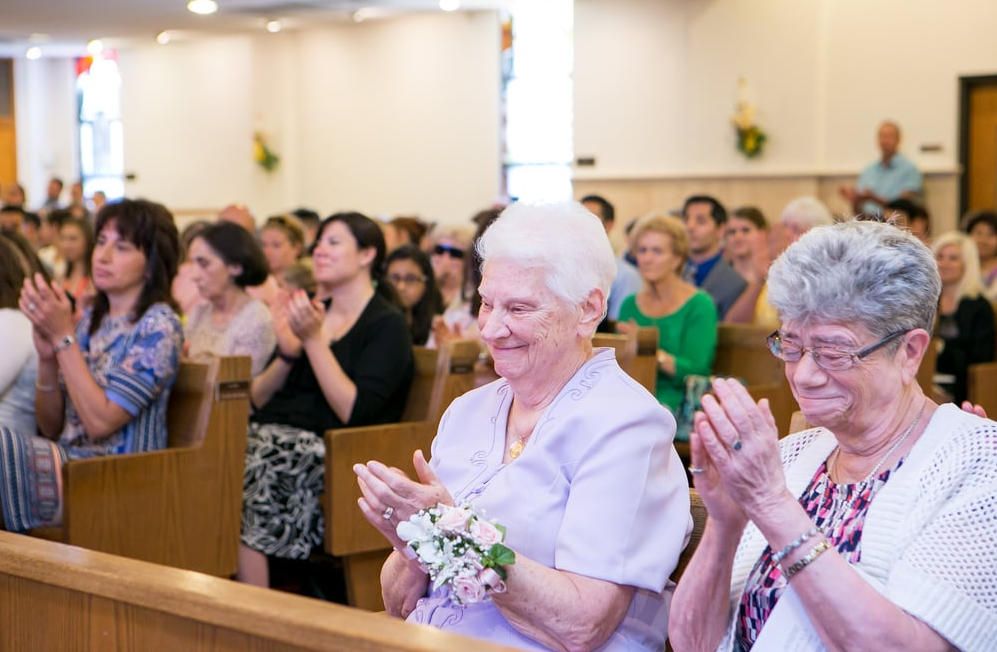
7. Avoid Flashy, Showy, or Prideful Wear
While it’s tempting to think about dressing up, church is neither the time nor the place for flashy, expensive, or status-providing clothes. The New Testament cautions us against “dressing up” in such a manner as to parade wealth or status.
Over the centuries, as church fashion changed, social elites used clothing as money. Now, emphasis is falling on humility and authenticity. Keep jewelry, make-up, and accessories simple and tasteful let your life, not your things, speak.
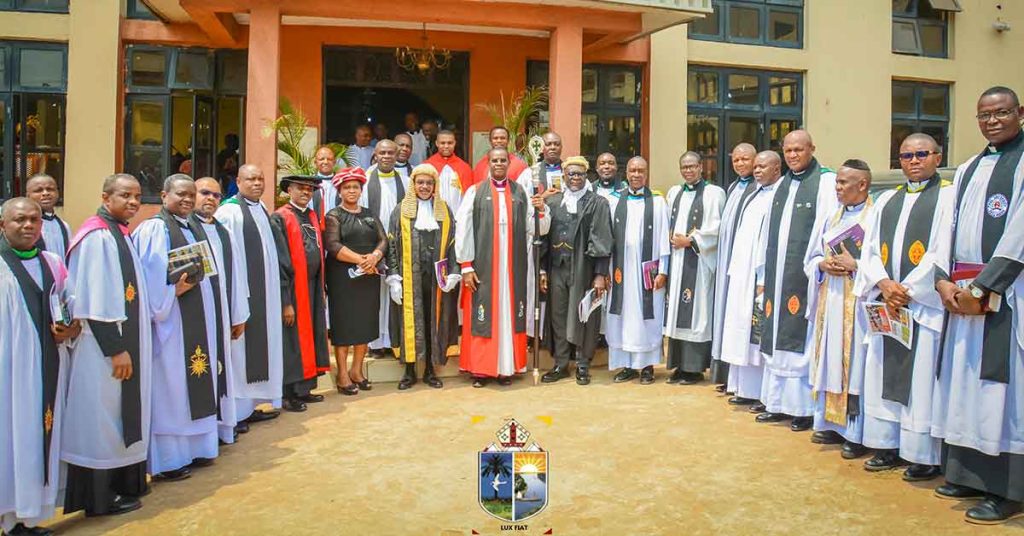
8. Support Cultural and Individual Expression With Respect
Church attire is not all about restriction it’s also about culture and identity. White is purity in one culture, but another culture may want bright colors or ethnic attire. African American churches, for example, celebrate expressive hats as a badge of dignity and strength.
The guideline is to respect your heritage and the sanctity of the land. As Fr Christo would say, “let your words always come from a heart of love and respect when we see the need to correct anyone on their attire.” Tradition and knowledge accompany inclusivity.

9. When in Doubt, Come As You Are But Come With Respect
Maybe most liberating lesson of all? Fear not fashion faux pas. As most contemporary churches promise, “God doesn’t mind what you wear but cares more about your heart.”
If you’re struggling or don’t have access to dressy clothes, you’re still welcome. The goal is to show up, participate, and honor the space and those around you. As one churchgoer observed, “absolutely NO ONE cared what [the homeless men] are wearing.” Compassion, not conformity, is the true dress code.
Church clothes can range from many-elevated or fallen from formalism to more casual and individualized forms, but the issue at stake remains the same: dressing up for church is respecting the sacred, the body, and yourself. As long as you keep modesty, context, and kindness in mind, you can never go astray regardless of what’s in your closet. Simply show up, be present, and let your heart do the rest.


